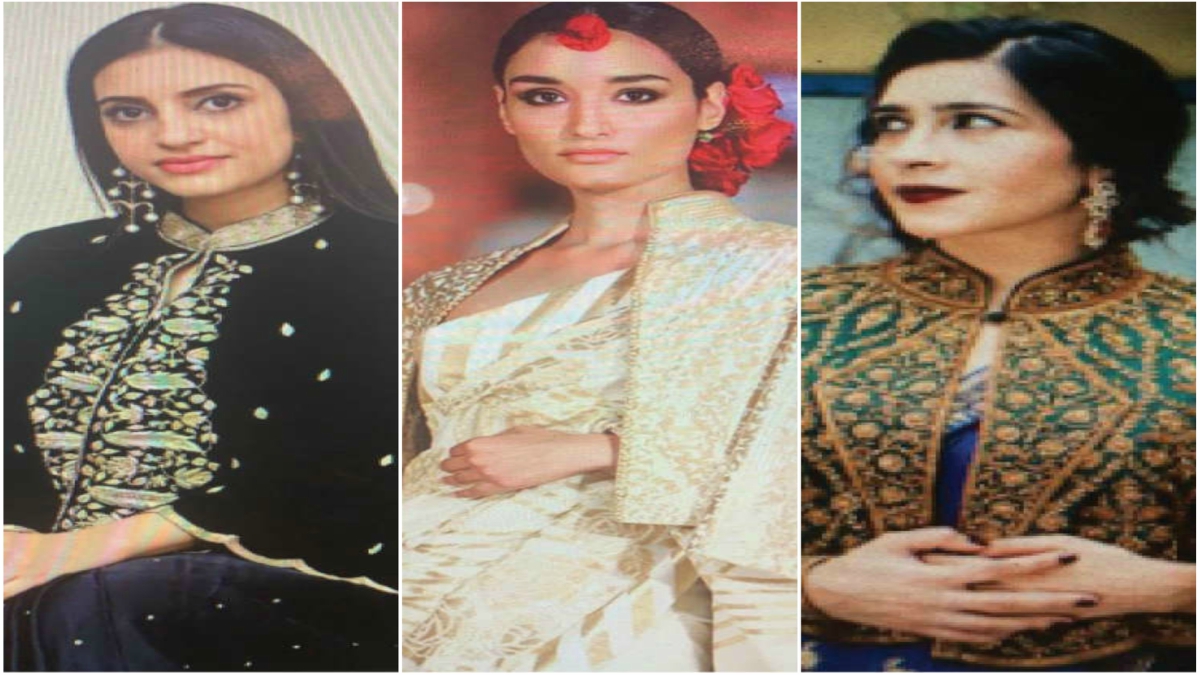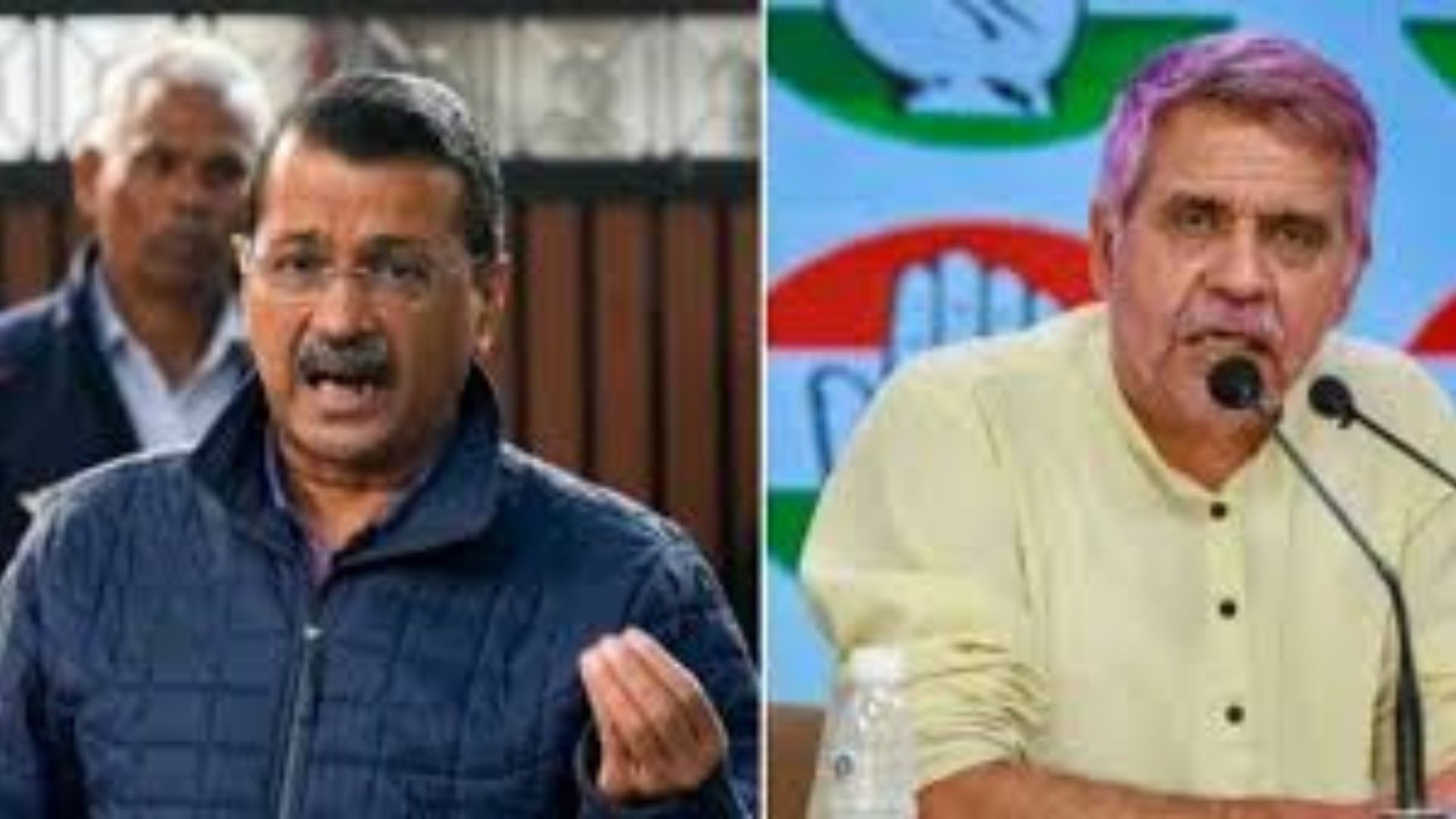The influence of Victorian costuming is evident in many silhouettes adapted by the Indian princely states during the Raj era. From the mandatory gloves which had to be worn, while offering courtesy to the visiting monarch during the Delhi Durbar, to the long overcoats, embellished and embroidered in gold and worn over breeches and sharp pants, the Maharajas adapted their dress style immensely in the company of the British viceroys and Brigadiers.
The women too were not left far behind. Especially those from the hill kingdoms of Punjab and Kashmir who were often seen wearing gownesque silhouettes over their salwar like pants. Or the Ranas of Nepal who wore tiaras over their asymmetrical wedding gowns.
However, if there is one costume that both men and women happily adopted it is the cape, possibly the strongest symbol of Victorian dressing. Founded simply as a round piece of cloth, capes evolved into more complex styles that demanded tailoring and intricate stitching. Their many iterations were used to signify rank or occupation. The British royal’s capes were double-stitched, fur-trimmed and made from velvet, silk, or satin. Interestingly, capes in scarlet red epitomised good breeding and high standing in society. And the ultimate in capes are the ones worn by Queen Elizabeth, who really knows how to wear one with style!
Back home in India, the capes as a sartorial style statement remained at the heart of royal dressing, right through the Raj only to remain long forgotten till the legendary costumer Umang Hutheesing fetched them out of the Hutheesing costume collection, reviving them for posterity. It is singularly his contribution of bringing the cape back into vogue. The Hutheesing capes are cordon bleu, reminiscent of the Raj and a symbol of utmost regalia. Many have found their way into museum shows like the one held with the Al Thani jewels in Bahrain. Or the show he presented with the YSL trust in Paris. Or at the Baroque Museum in Mexico where he held a solo show titled The Baroque Maharaja.
Another royal, Rani Jaykirti Singh from Baria too should be applauded for adding the cape, created in rich velvet, to dressing royal in this era. It is to her atelier that many young royal Rajput women rush to refurbish, revive and restyle their vintage capes. Or simply creating a remake. Giving her capes a simpler, wearable form, Jaykirti, every winter rustles up a complete range in stately black, festive maroon and rich blue. Three universal colours that can be worn over pants, saris, skirts and gowns.
A couturier who imbibes vintage designs especially Victorian with immense élan, designer Rohit Bal has presented some stunning capes on the ramp. Drenched in the richness of Victorian embroidery, his ubiquitous rose render to his black velvet capes exuding an air of regal richness.







